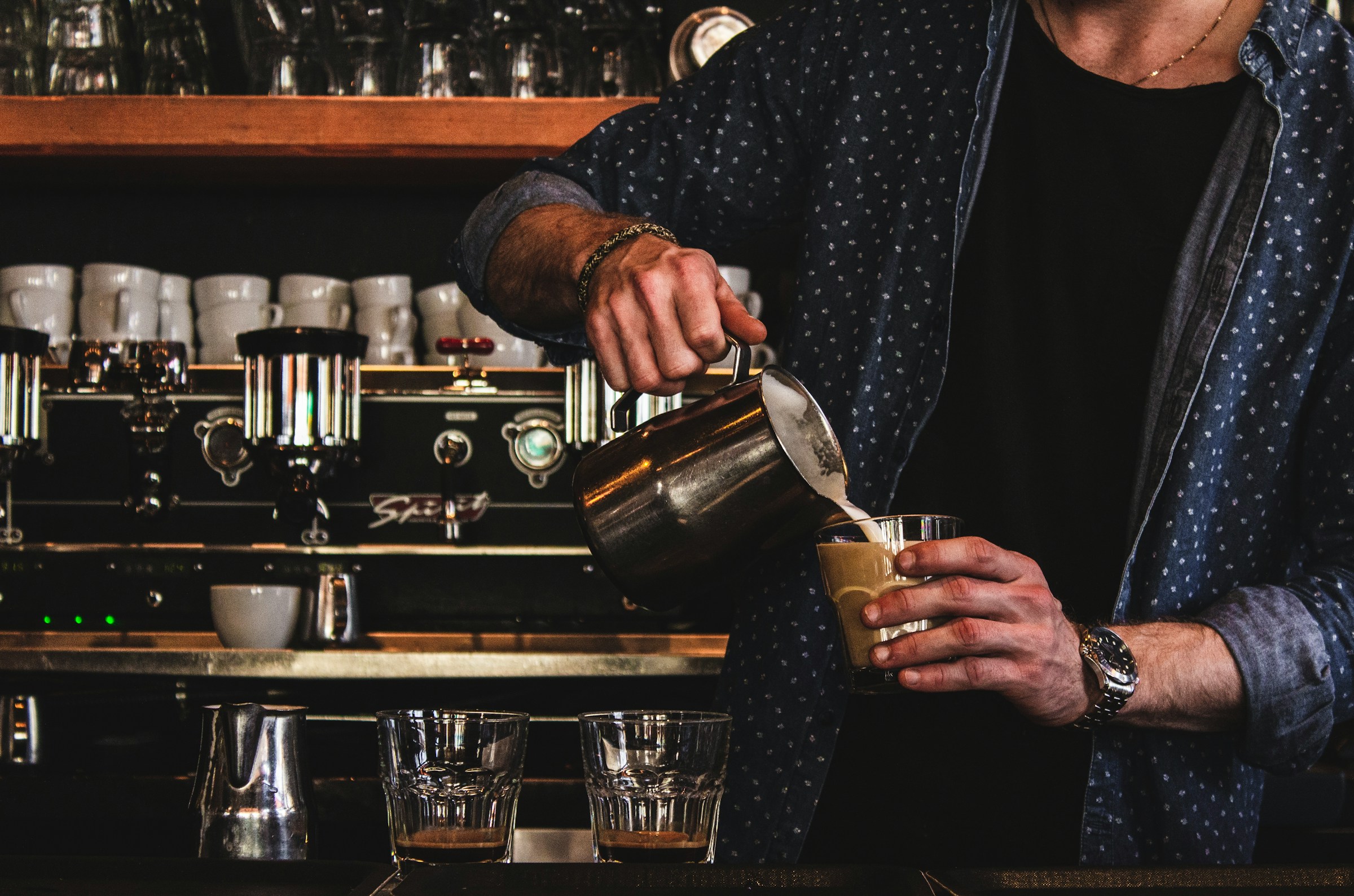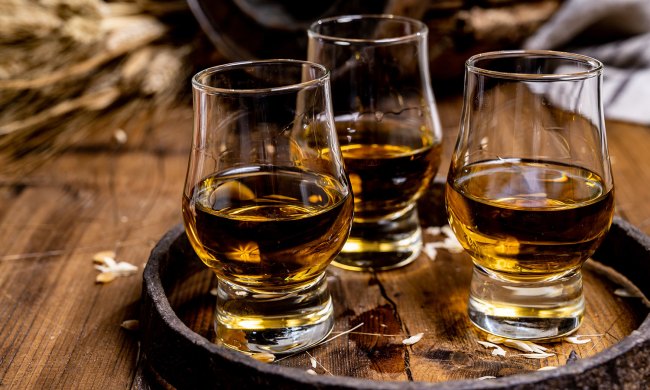
Now that sophisticated coffee drinks can be at our fingertips with nothing more than a press of a few buttons, it’s time we learn exactly what we’re drinking. With all of the wonderful espresso machines available now, we can make everything from americanos to flat whites to cappuccinos to affogatos. And while all of these options are great to have, there’s certainly a lot to learn. Naturally, being made with essentially the same ingredients but varying techniques (however subtle), there’s bound to be more than a little bit of confusion. Every day, we hear these words shouted out at our local coffee shops, but do we really know what they mean? Their ingredients? How much milk or foam or espresso or flavorings go into each? Does anyone really know? Our bet is that most of the people standing in line with you at Starbucks every morning are every bit as befuddled. So we’re here to finally tackle the mystery.
Let’s start with two of the most popular coffee drinks – macchiatos and lattes. What’s the difference between these two delicious coffee beverages?
Macchiato vs latte

Traditionally, the macchiato and the latte are made with the exact same ingredients—espresso and steamed milk. While modern-day coffee culture has certainly had fun bending the traditional take on these recipes, their heritage remains the same.
The main difference between these two drinks is that a latte contains more steamed milk, and a macchiato contains more espresso. However, when really examining the subject, this definition is rather oversimplified. So, let’s get into the nitty-gritty of it all.
What is a Latte?

Like most popular coffee beverages, lattes originate from Italy. In Italian, the word ‘latte’ translates to ‘milk coffee,’ which is a perfect descriptor for this beverage. Lattes are smooth and mild, with a generous amount of steamed milk diluting the more aggressive and bold flavors of the espresso shot it’s poured upon.
In a traditional latte, espresso is either poured or dripped into a cup, and steamed milk is added on top. A typical latte is about 10 ounces and comprises 1/3 espresso and 2/3 steamed milk with about a half-inch layer of milk foam on top.
Latte art
Of course, it’s hard to picture a latte these days without visions of Insta-worthy latte art peppering the mind’s eye. Many trendy coffee shops take immense pride in their latte art, creating masterpieces with nothing more than espresso and microfoam. I personally once had a barista masterfully create my exact likeness in my latte’s foam, and I’m not sure I’ve ever been more impressed. Latte art is certainly a fun perk in lattes that can’t be found in macchiatos.
What is a Macchiato?

Also Italian in origin, the translation of the word ‘macchiato’ means ‘stained’ or ‘marked,’ referring to the way this drink is made. Incredibly rich and full of espresso flavor, the macchiato is much stronger than a latte, with far less milk added to the drink.
Macchiatos are traditionally about 3-4 ounces and are made by adding a shot of espresso to a cup of steamed milk in a ratio of 2/3 espresso and 1/3 steamed milk. They are essentially the exact opposite of a latte.
What about flavoring?

Traditionally speaking, lattes can sometimes be flavored, but not macchiatos. Of course, as we all know, traditional coffee rules went right out the window around the time Starbucks introduced the Frappuccino. But if you’re a stickler for technicalities, a macchiato ceases to be a macchiato once flavor is added.
Lattes, on the other hand, can typically be flavored without shaming tradition too much. Simple ingredients like vanilla or cinnamon have long been added to lattes and have typically kept their traditional standing. But with new menu items at Starbucks like the “Iced Lavender Vanilla Oatmilk Latte,” it’s hard to tell these days.
Cup size matters

For those who enjoy a good Friends rerun, you may have noticed that coffee beverages used to be served in absolutely colossal-sized mugs in shops like Central Perk. Since the 90s, coffee cups have become significantly more practical, holding less than a full gallon of milk, but they still tend to err on the larger side. If you do happen to spot one of these mugs in the wild, know that what’s inside is more than likely a latte. Because of their high milk content, lattes are often served in larger-sized mugs, giving the espresso room to mix and meld with the steamed milk. Macchiatos, on the other hand, are most often served in much smaller cups or mugs.



